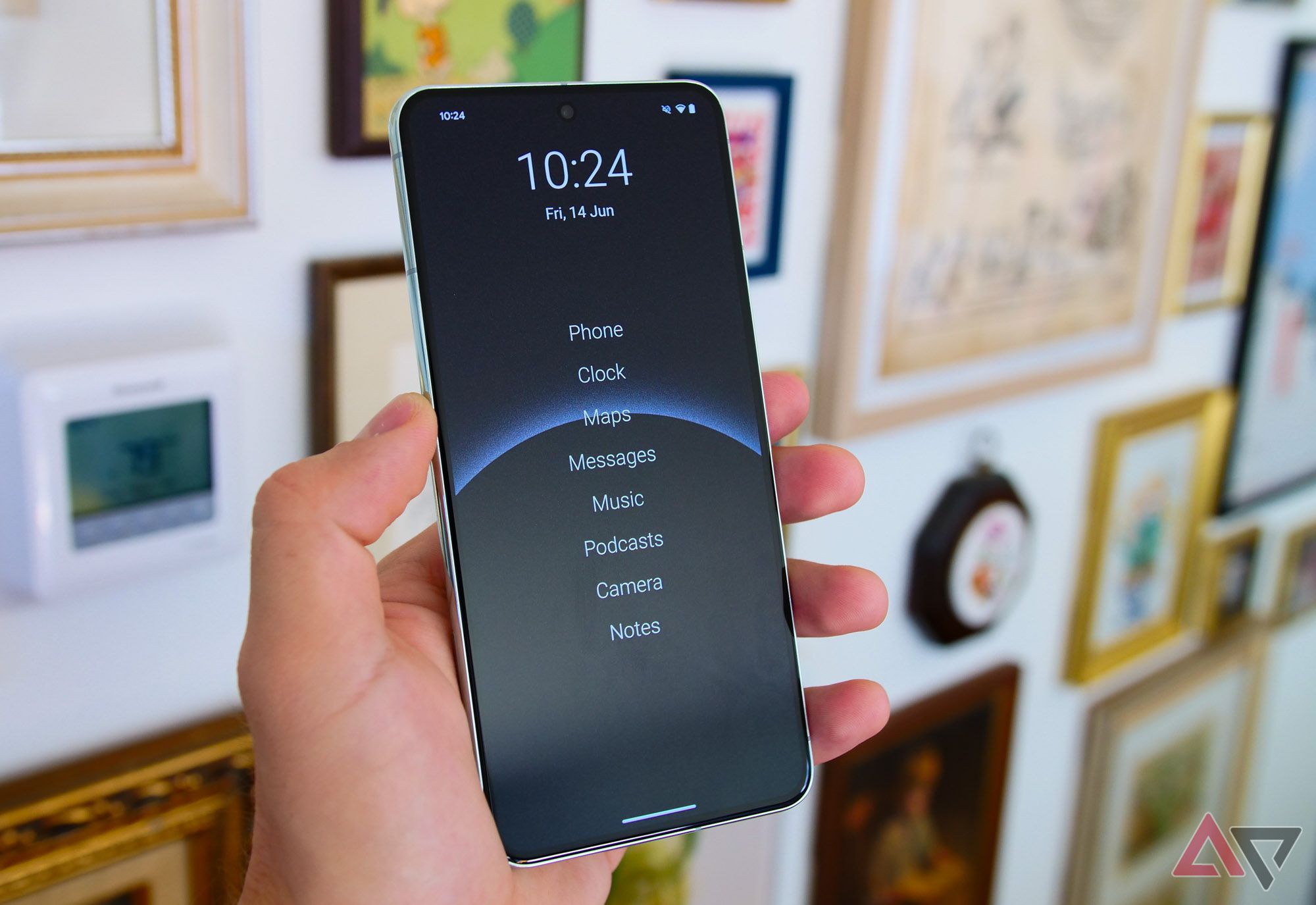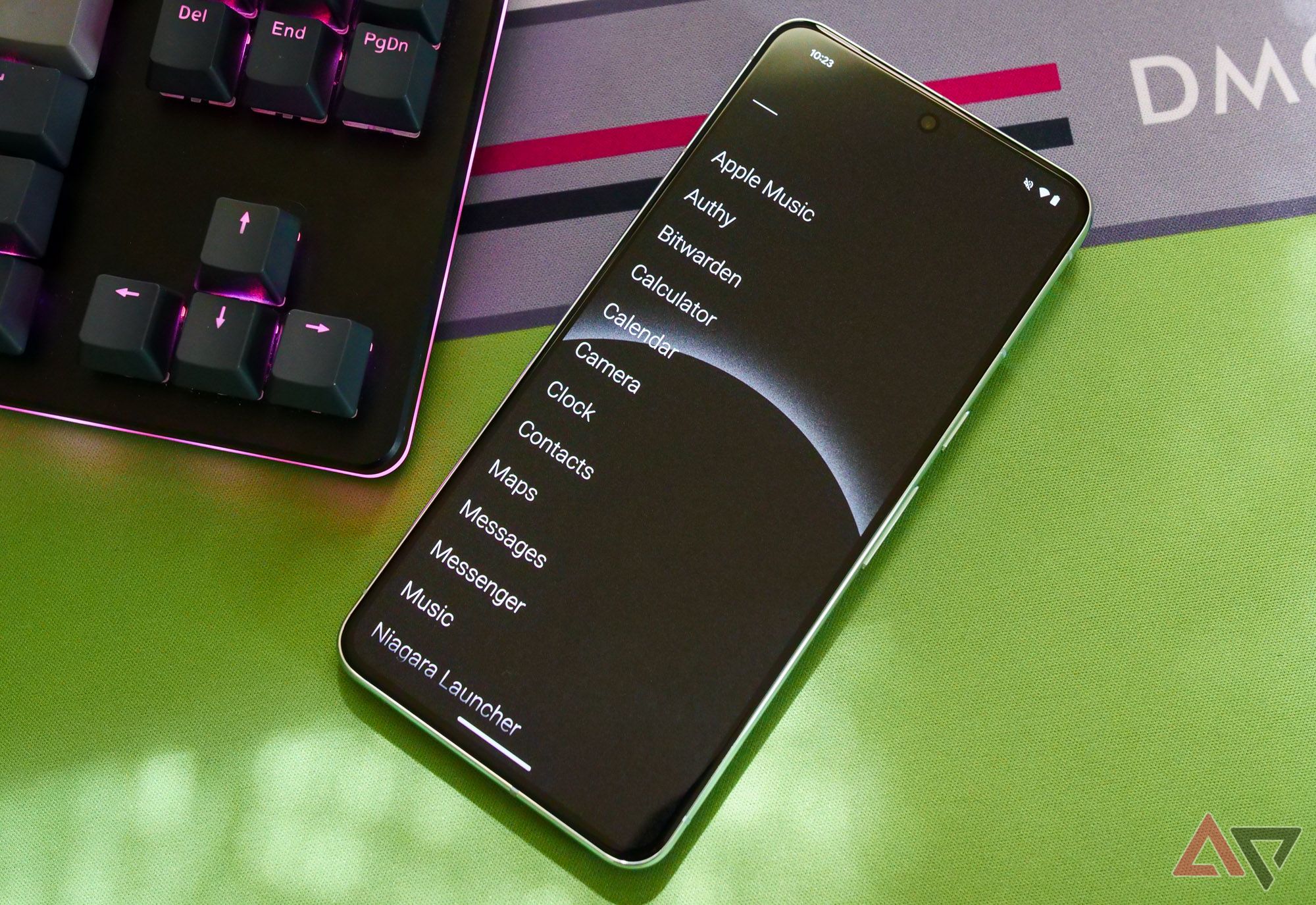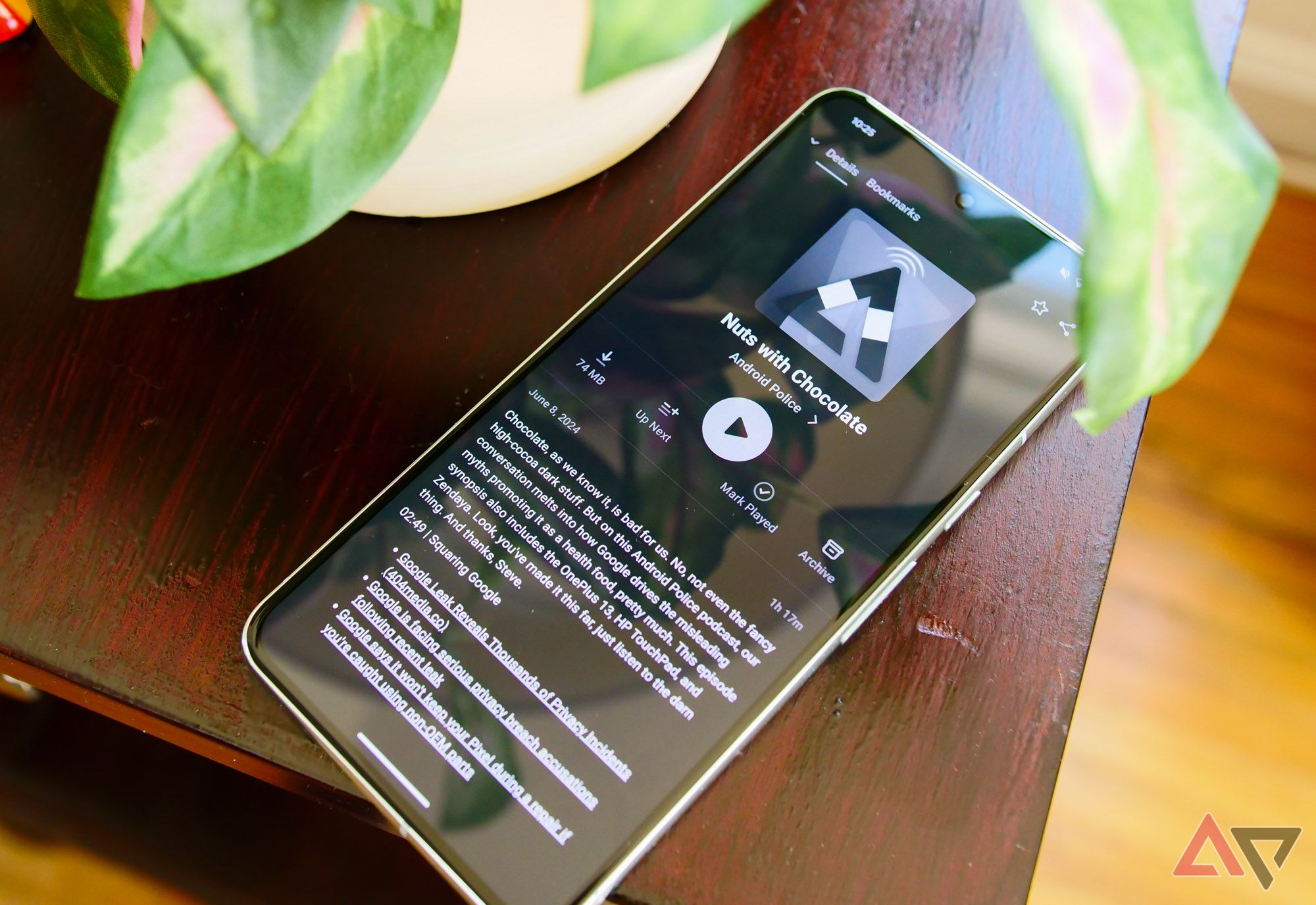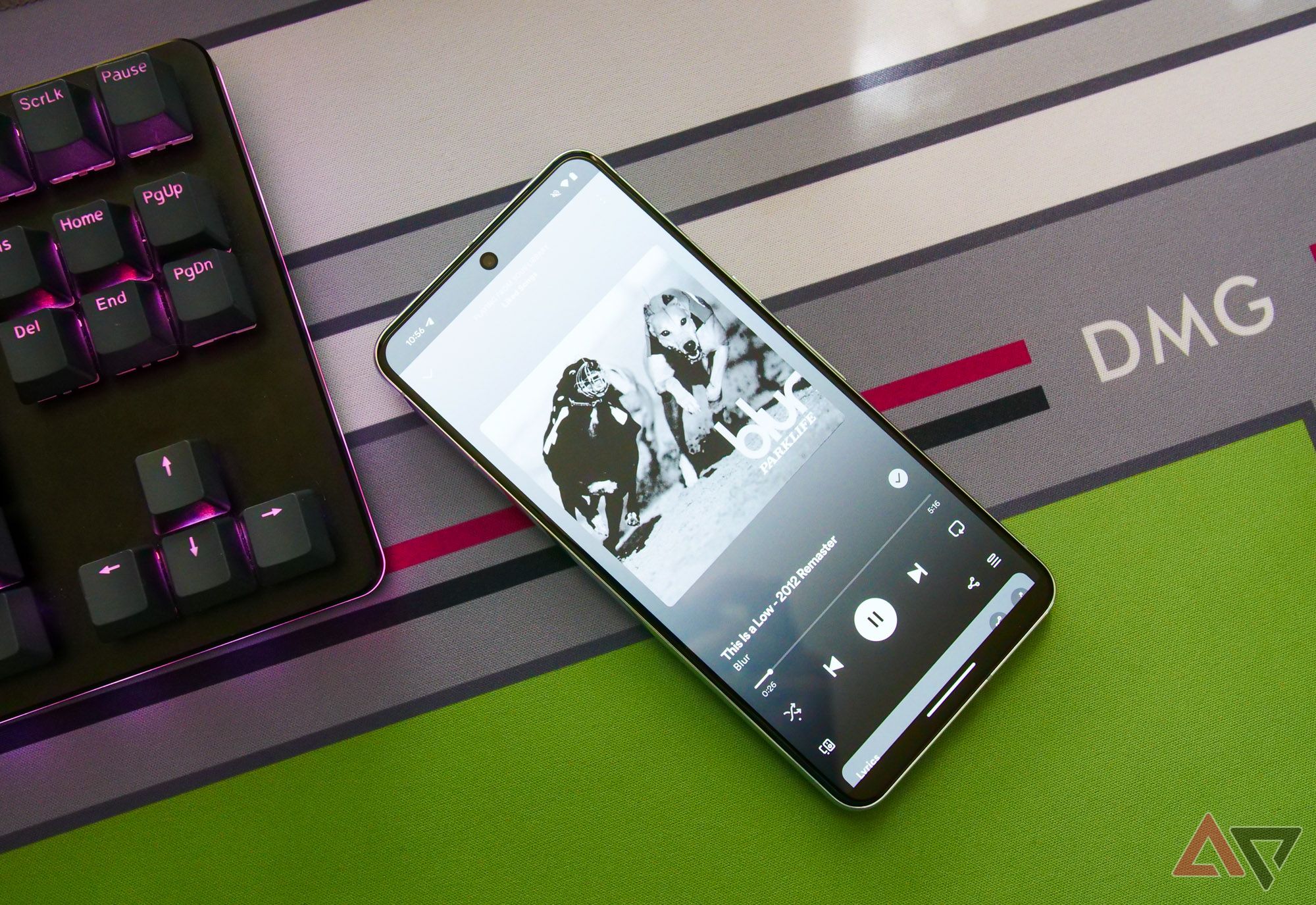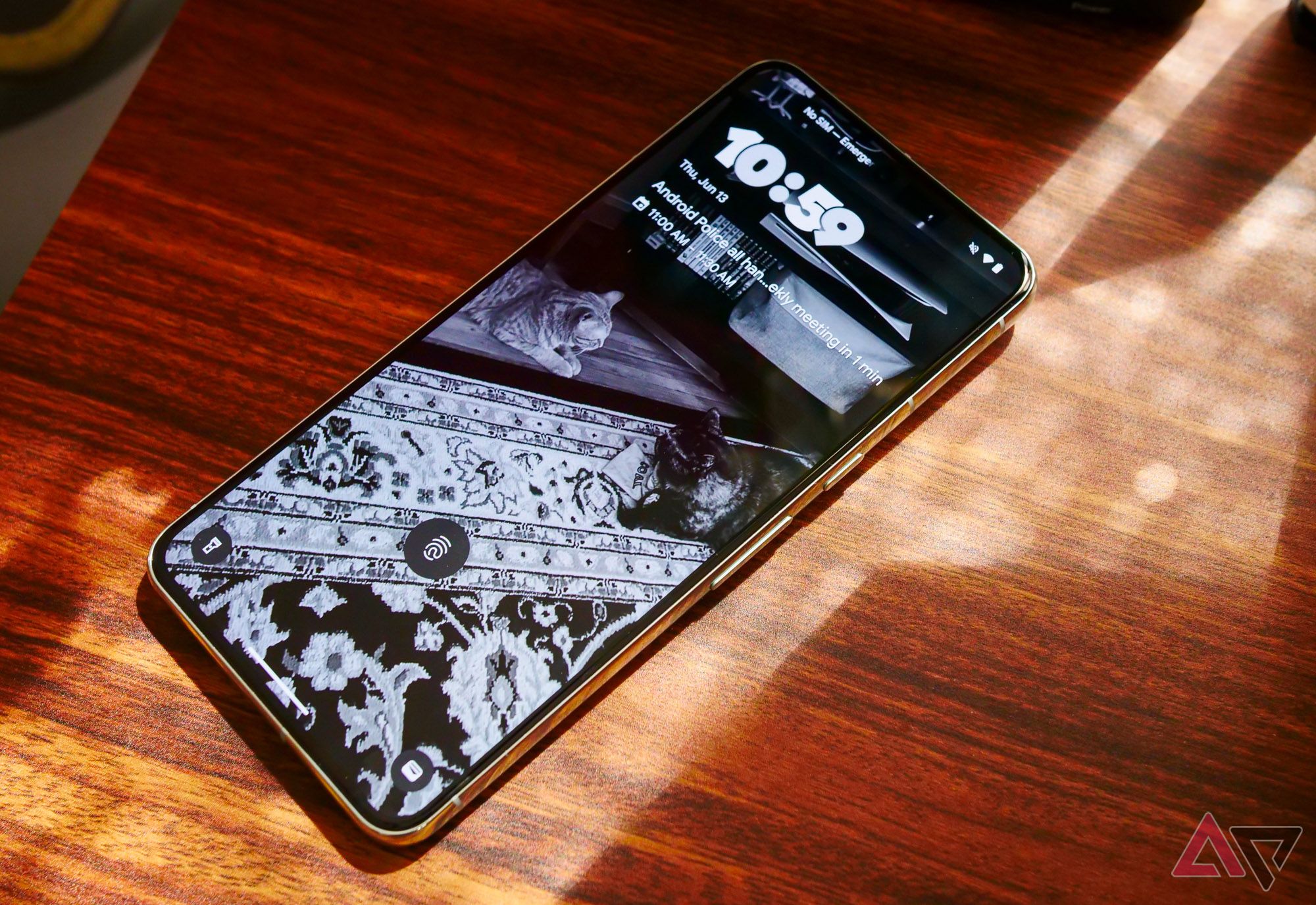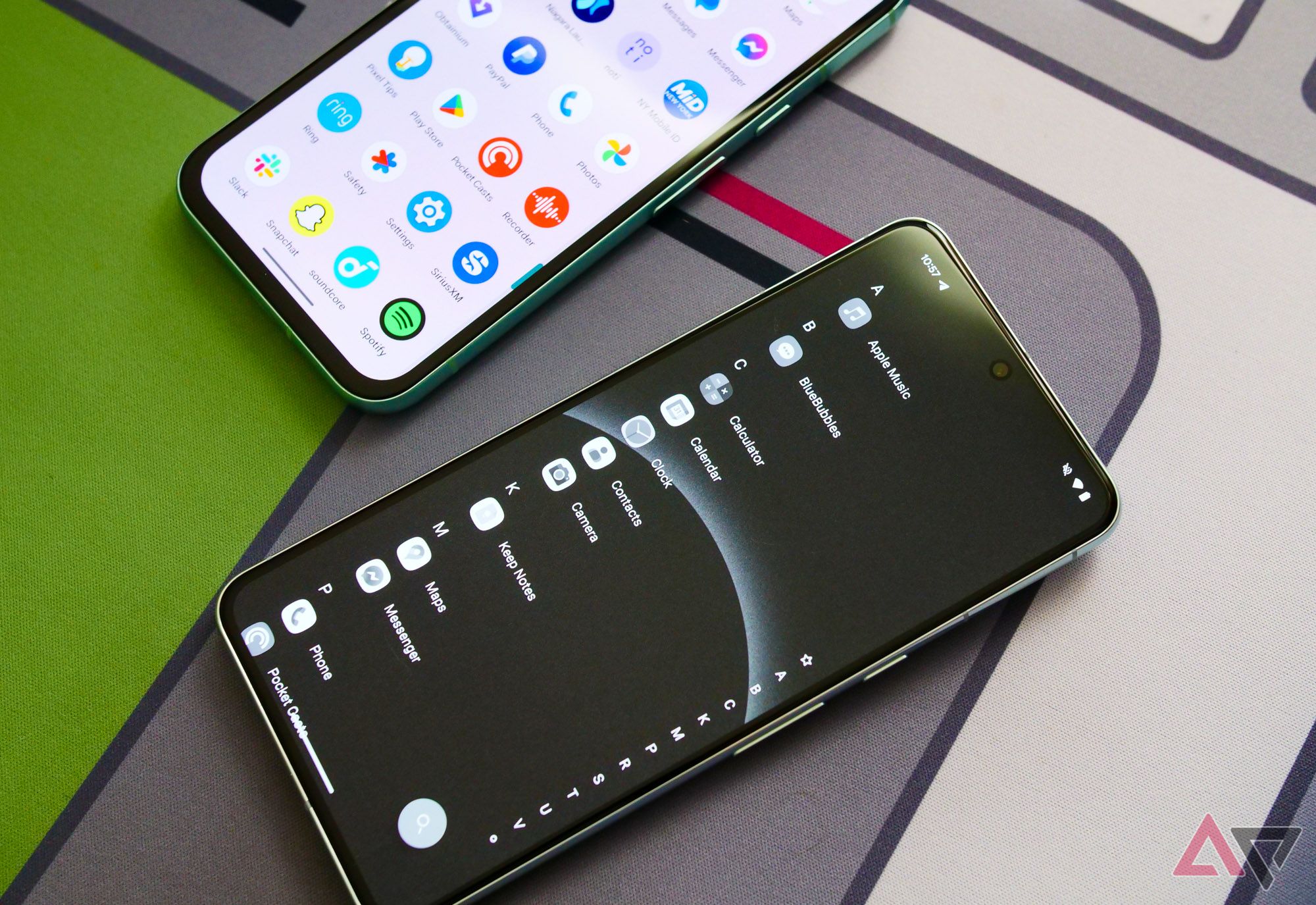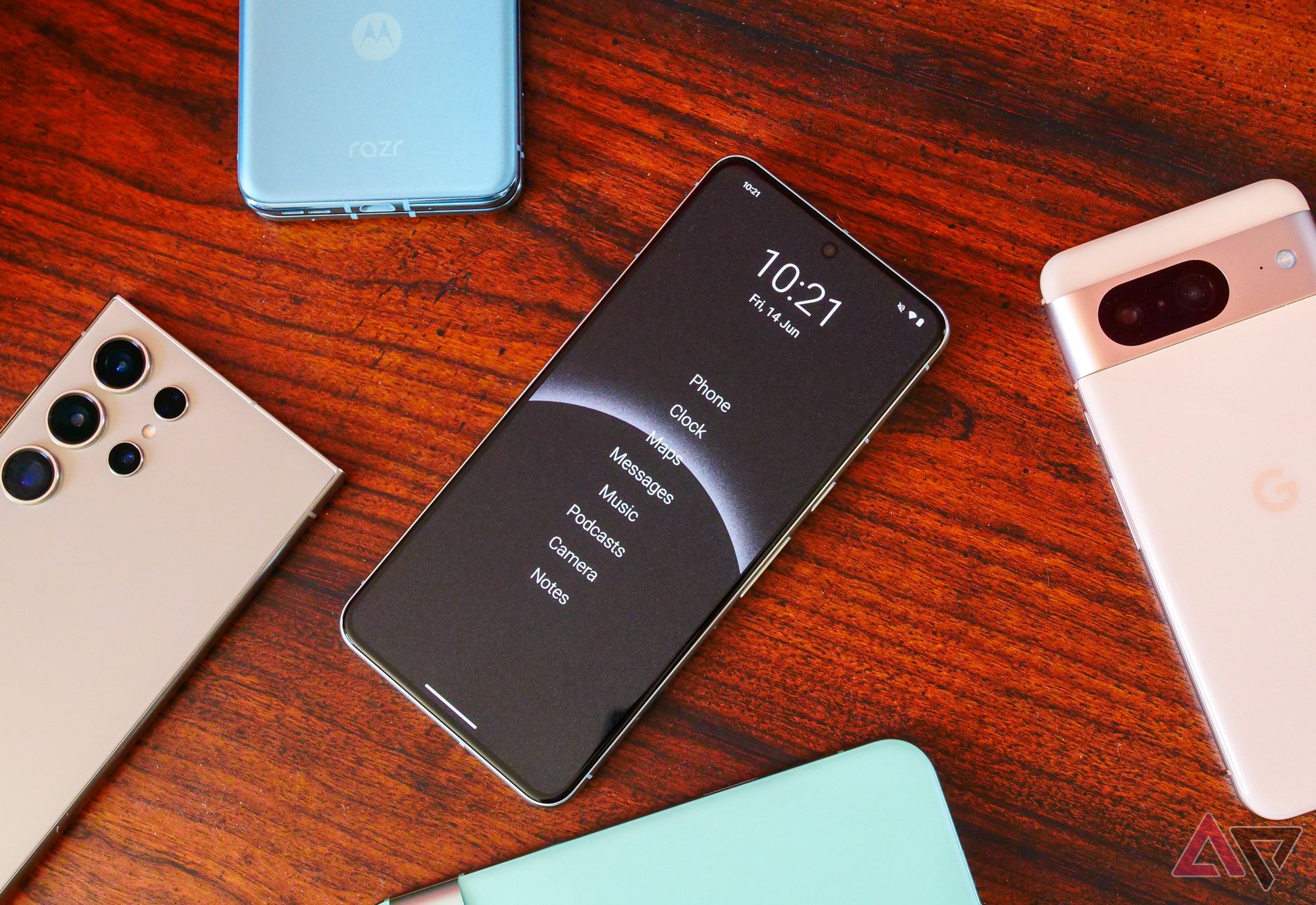In a world of endless notifications and constant interruptions, there’s something inherently pure about smartphones that, well, aren’t so smart. That’s the experience the Light Phone 3 promises when it arrives early next year: a device capable of delivering the core functionality of a phone without the consequences of always being connected. But with an early launch price of $400 — and a planned MSRP that could end up being twice as much — it’s an expensive proposition, especially if you’re just looking for a break from social media.
Luckily, you don’t need a piece of dedicated hardware to disconnect from your online life; the Android phone you have right now will do just fine. I’m not just talking about setting up app restrictions or turning off notifications, either — I’m suggesting a full-on reinvention of your smartphone from top to bottom. With a little patience, you can have your very own proto-Light Phone experience in less than half an hour, all while keeping the option to restore your smartphone back to, well, full smart. Here’s how I did it.
Getting started with simplifying your smartphone
Think of it as a digital detox
Before we dive in, you’ll need a couple of things to streamline this process. An app uninstaller from the Play Store is essential — we’re going to remove a ton of software from your phone, and you don’t want to do this manually.
You’ll also need a minimalist launcher of some kind, and which one you choose is up to you. OLauncher is a great choice without a ton of customization options, and it’s completely ad-free. If you’re looking for a jumping off point, this is the one I’d recommend.
If you have more than one Android phone lying around your house, consider doing this on the device that fits your needs. I’m using a Pixel 8 Pro, but if you have a smaller, lighter phone — or even something a couple of generations older — that you’d rather use as a backup, go nuts. You can always move your SIM card back and forth as you see fit.
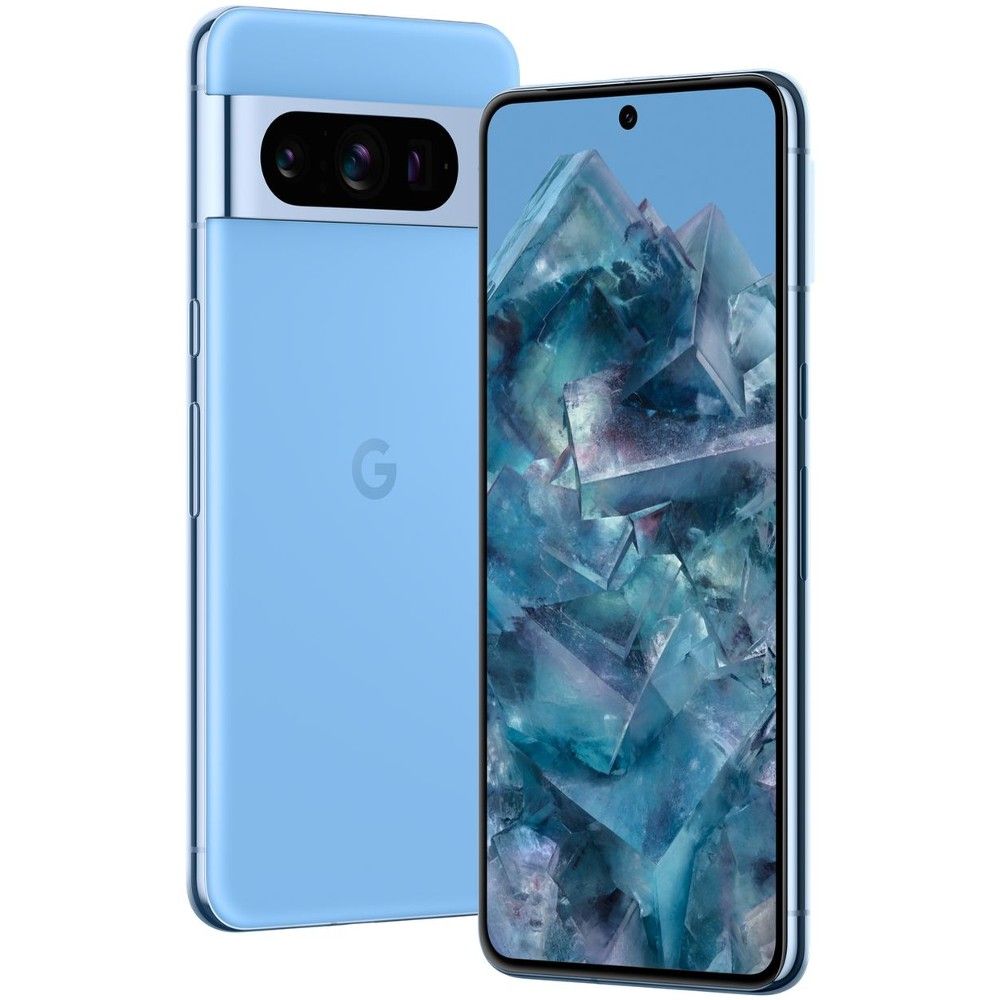
Google Pixel 8 Pro
$749 $999 Save $250
The Pixel 8 Pro is one of the best Android phones you can buy right now, and its excellent display and impressive camera make for a great combination when building your very own minimalist smartphone.
And hey, if you really want to recapture what Light is doing with its next-gen phone, consider grabbing a matte screen protector for your phone. These tend to be a little imperfect, but they can help nail the overall experience.
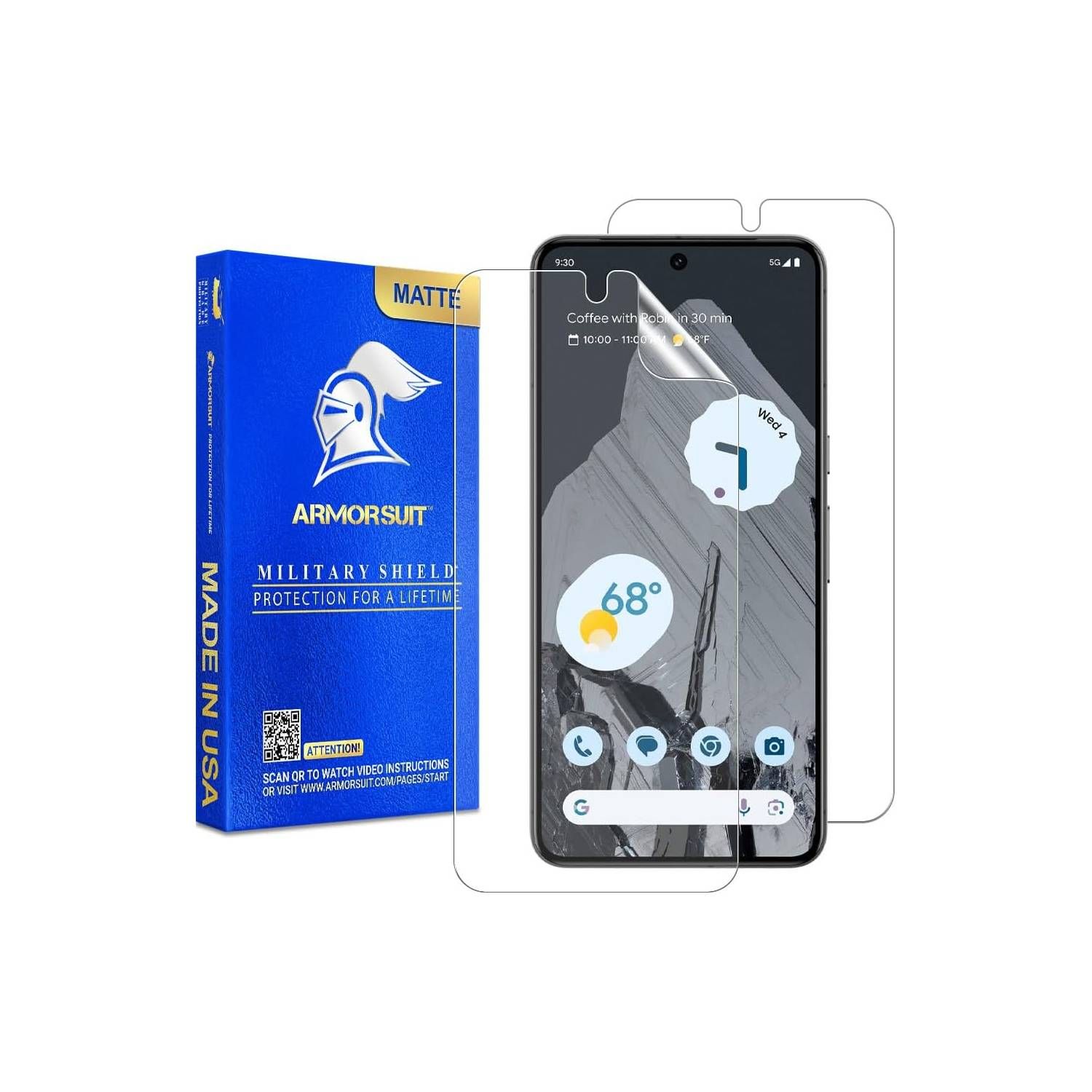
ArmorSuit MilitaryShield Matte Film for Pixel 8 Pro
Building your very own Light Phone-style device? You’ll need a matte display to match its simplified UI.
Ditch practically all of your apps
Seriously, all of them
If you’re serious about cutting all the digital noise out of your life, the first thing you need to do is start uninstalling apps from your phone. This sounds simple enough, but you need to be absolutely ruthless here — think Marie Kondo-levels of throwing things away. How far you go in this space will really depend on what you’re capable of deleting (you might have work-centric apps like Teams or Slack that simply cannot go, for example), but I’d urge you to try to scrap as much of this as possible.
To do this, you’ll want to use an app uninstaller from the Play Store — otherwise, uninstalling dozens of apps simply takes too long. And no, the irony of downloading more apps to simplify your life is not lost on me.
To keep things simple, here’s what I kept on my Pixel 8 Pro:
- Basic utilities, including Phone, Contacts, Camera, Clock, Calendar, and Calculator
- A notes app, like Google Keep
- A navigation app, like Google Maps
- Google Wallet for mobile payments
- Pocket Casts for podcasts
- Spotify for music streaming
- Various messaging apps, like Telegram
- Uber
- Venmo
- A password manager and authenticator
- Google’s Personal Safety app
- Google Photos, for automatic backups
That’s more than what Light Phone and its peers currently ship with, but it’s also my personal bare essentials — you won’t even find a browser here.
You can cut out more or less depending on when you’ll use this device. For me, I wanted a smartphone that could be used on nights out, but if you don’t need apps like Uber or Venmo, absolutely ditch them. The same goes for password managers and authenticators; they’re effectively utilities that I would prefer to have with me at all times. I certainly won’t be doomscrolling through my list of passwords, after all.
When you’re finished uninstalling, don’t forget to look at your system apps. I outright disabled Google, for example, which doesn’t seem to have caused any noticeable issues on my end, though your mileage may vary. At the very least, consider turning off Assistant’s hands-free activation — the last thing you need on a digital detox is an unwanted voice prompt.
0:40
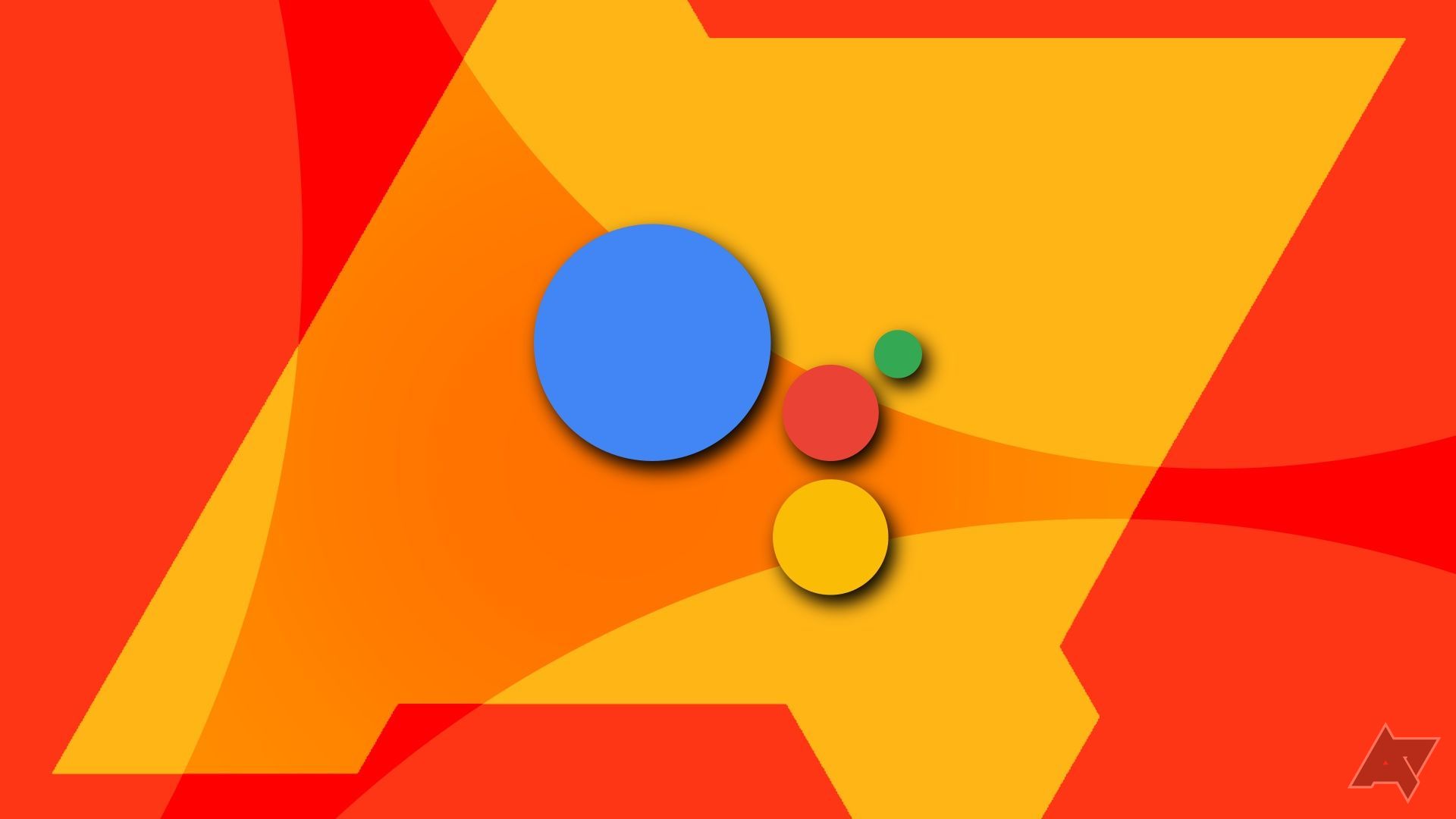
Related
How to disable Google Assistant
Complete steps to disable Google Assistant on your phone, Chromebook, or smart speaker
Customize — or outright disable — your remaining notifications
Eliminate those distractions for good
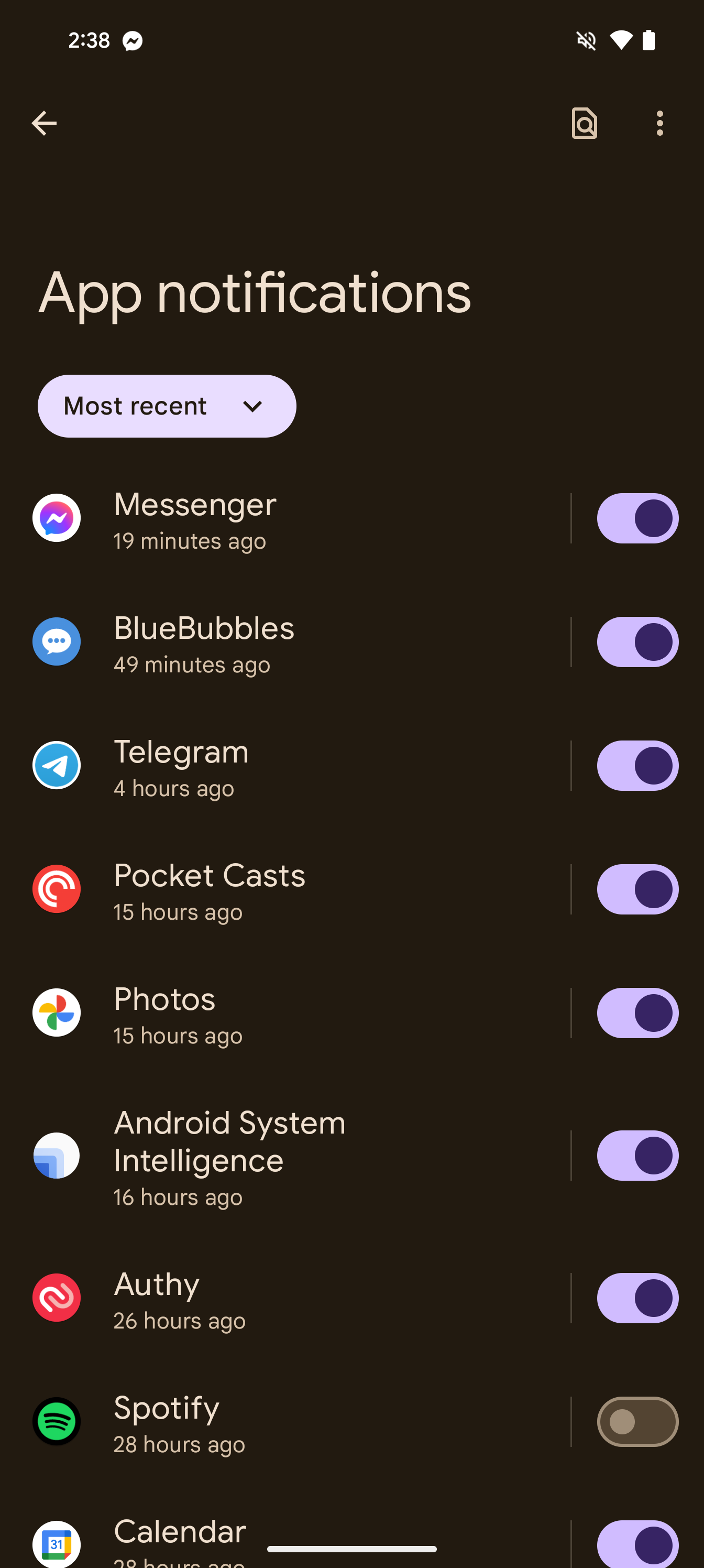
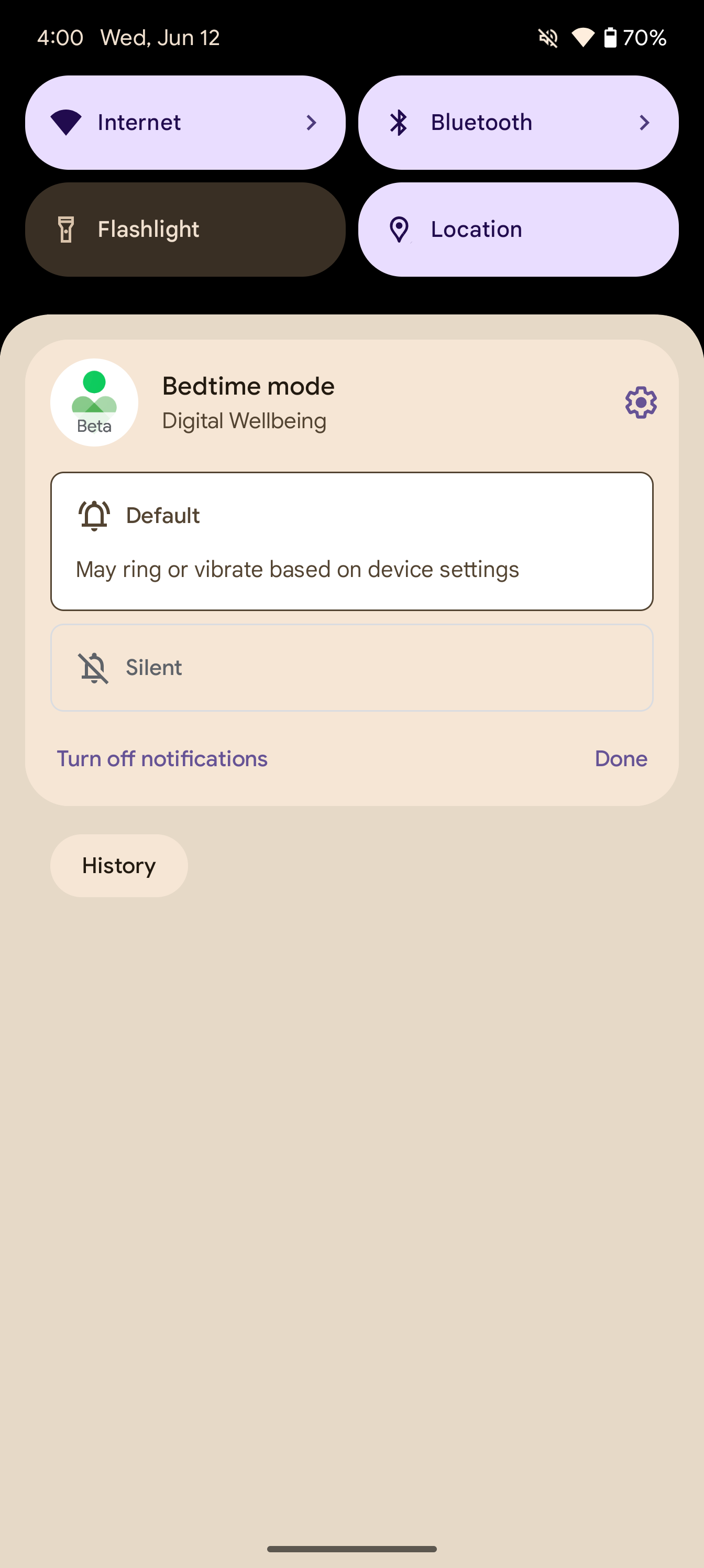
It’s worth taking a couple of minutes to head into your notification settings to tweak what’s left on your phone. Sort by recents to see what’s been popping up for you lately, and disable anything you don’t think you need. If you don’t have notification history enabled, consider turning it on. It’ll help you catch rogue notifications as you continue to use your phone.
This will probably take some fine-tuning over the next few days as you catch still-active apps slipping through your net. Whenever an unwanted notification appears on your phone, make sure to dive into your notification settings to tweak or disable that app’s options.
Turn your phone’s display grayscale
Android’s accessibility options made this a cinch
Light Phone’s big selling point might be cutting out distractions, but the first thing everyone actually notices is its grayscale display. On its first two devices, Light used E Ink screens to achieve this effect; on the upcoming Light Phone 3, it’s a black and white matte OLED screen. Thanks to Android’s built-in accessibility options, you can effectively take the most appealing part of the Light Phone’s design and build it right into your own device, no hard work necessary.
On a Pixel, you’ll find this under Color and motion in Accessibility. Turn color correction on, then enable grayscale mode from this list of options.
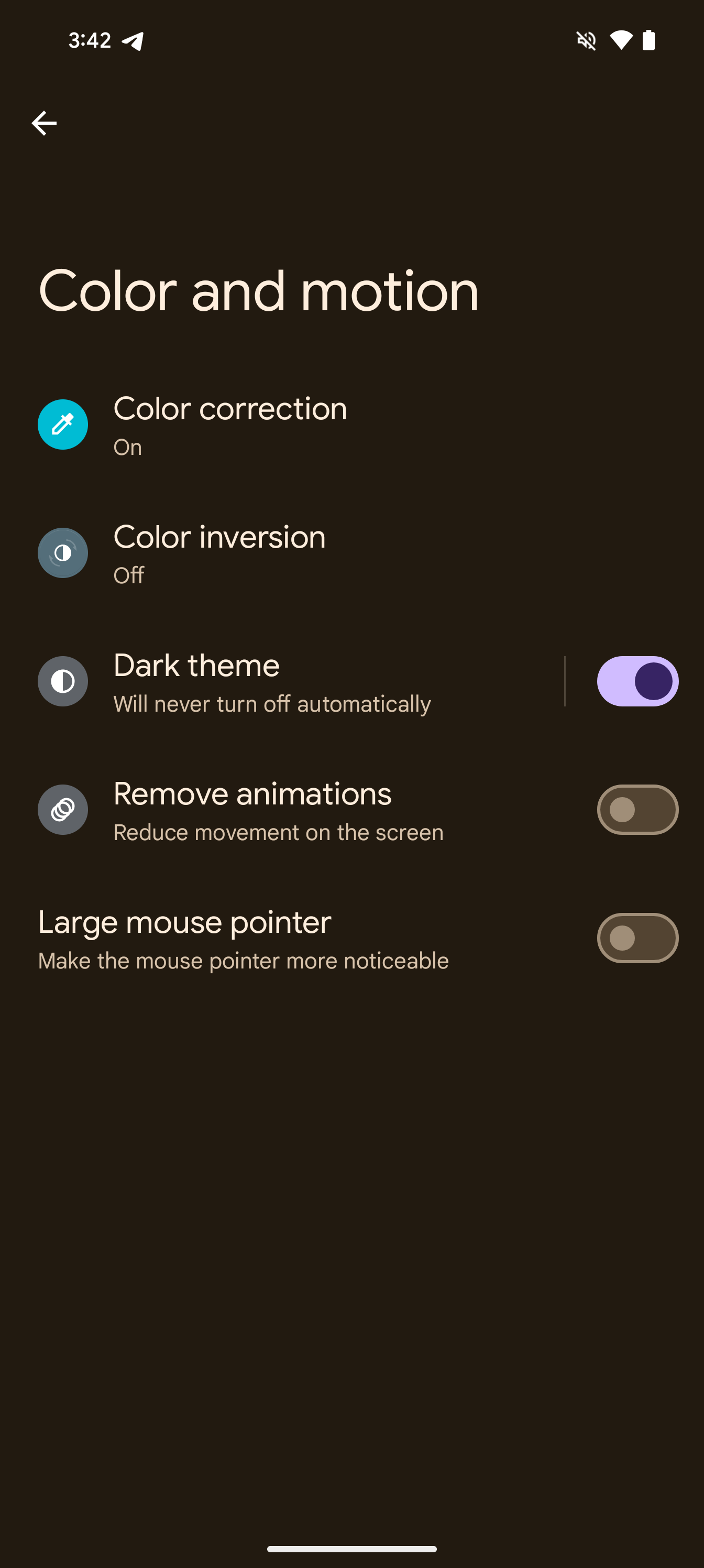
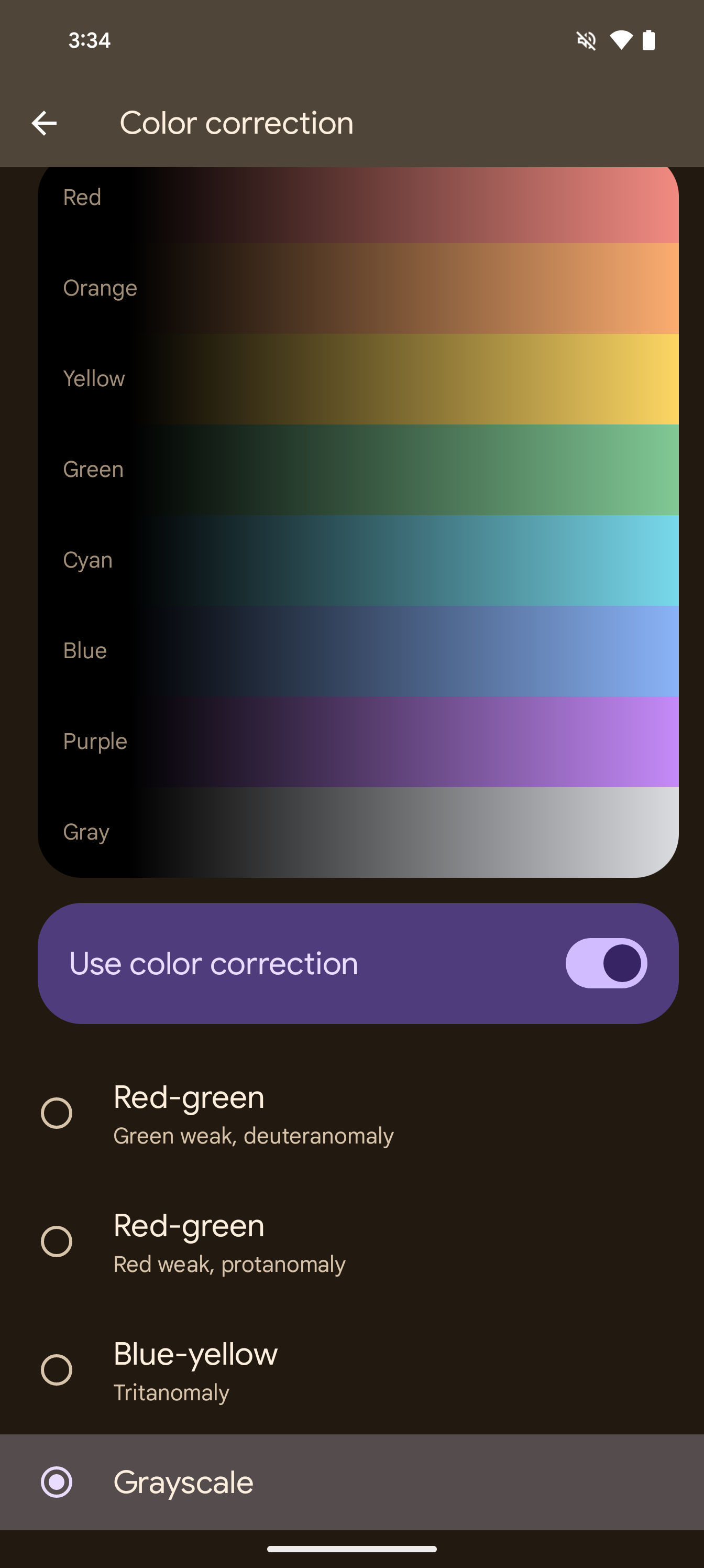
Android doesn’t take screenshots in grayscale, but I assure you, it works.
Other Android phones — like Samsung Galaxy phones, for example — basically follow the same process, with grayscale options found under menus like Vision enhancements within Accessibility. If you can’t find it on your phone, try searching for “grayscale” in settings.
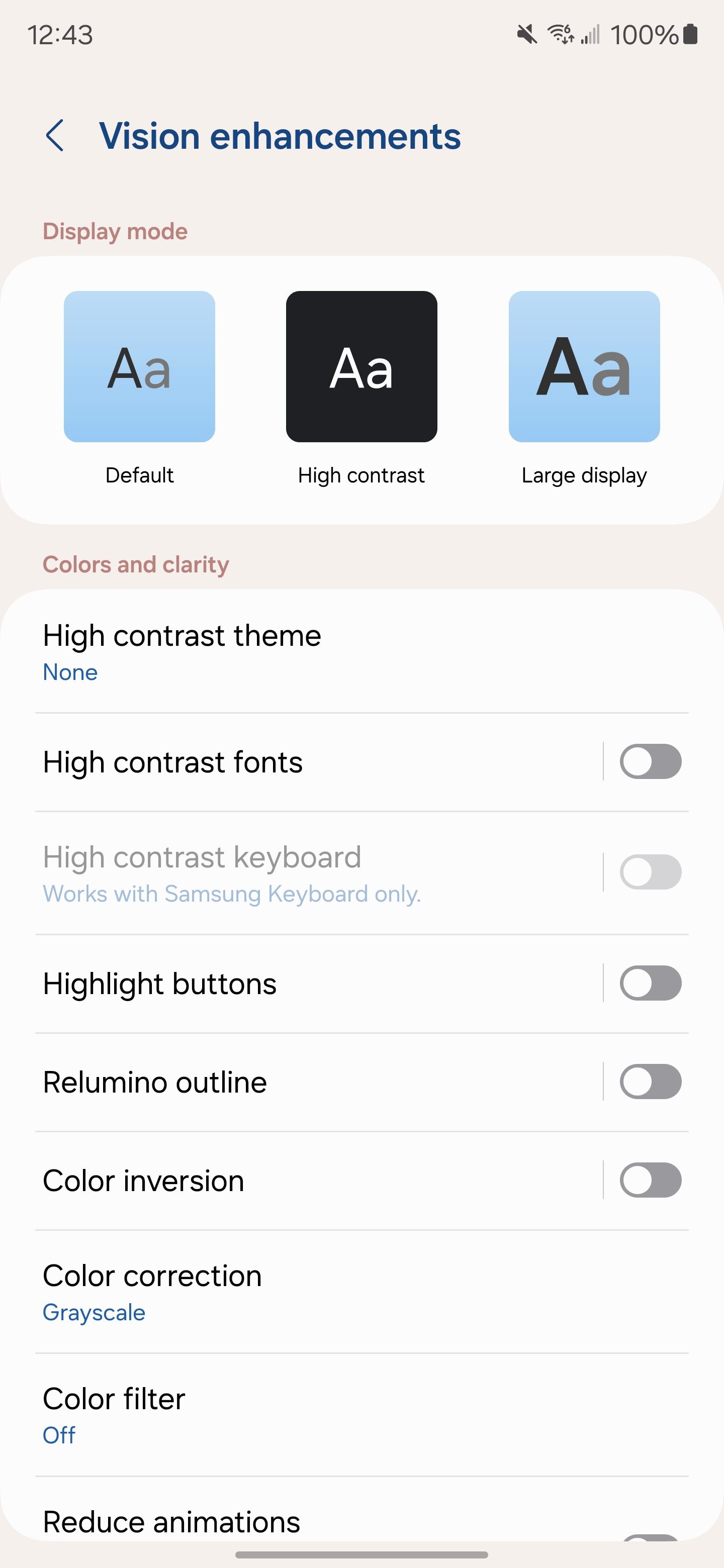
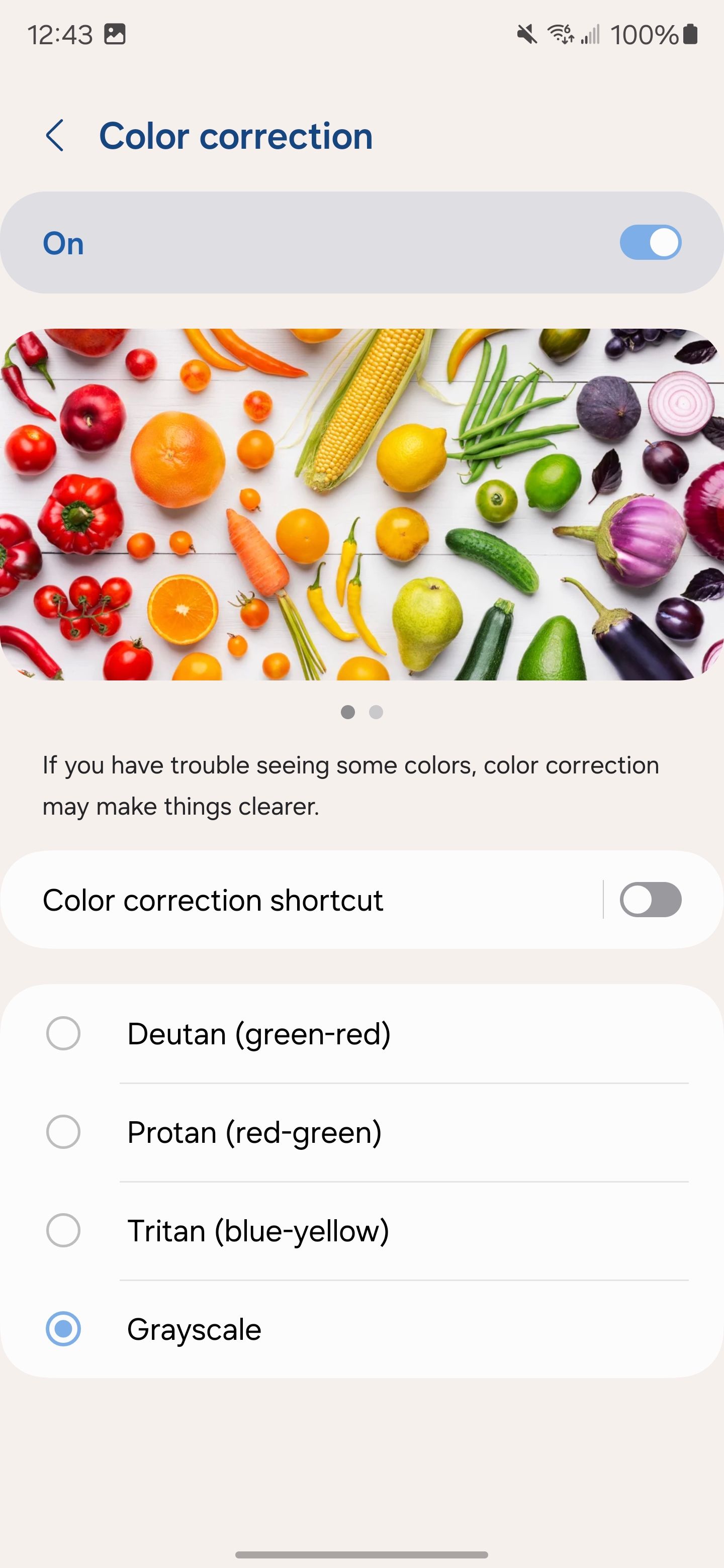
Remember to enable dark mode as well. Paired with a dark wallpaper you can find from apps like Backdrops (I know, more apps), it brings the overall aesthetic much more in line with what Light’s devices currently offer.
If you’d rather not keep your device in grayscale at all times — to better capture photos, for example — I’d recommend using Bedtime Mode if you’re on a Pixel. As part of Digital Wellbeing, Bedtime Mode lets you setup specific timeframes to jump between color and black-and-white visuals. It also includes a whole host of options meant for when you’re sleeping, including automatic do-not-disturb and snore tracking, but none of it needs to be enabled to use its grayscale filter.
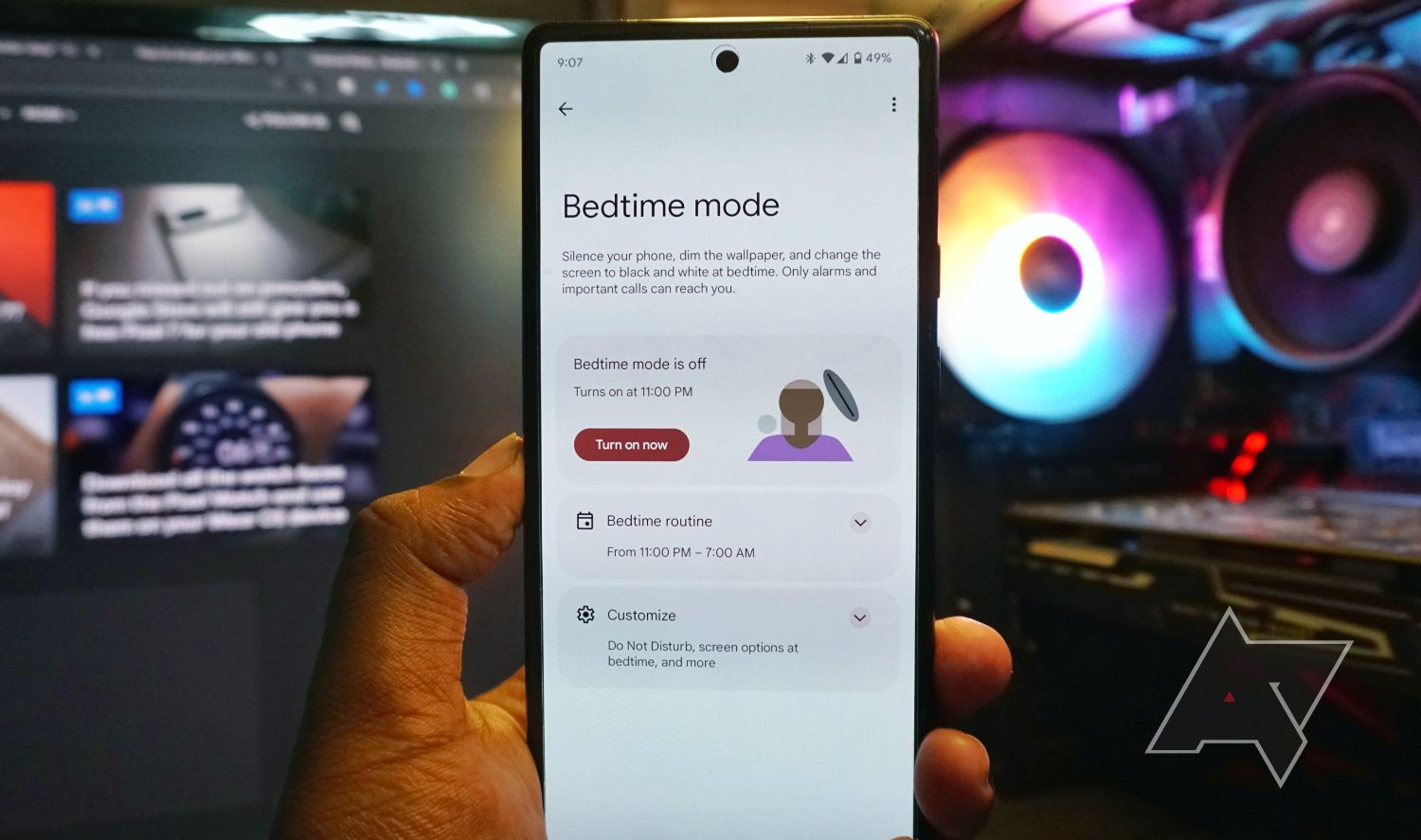
Related
How to set up and use Bedtime mode on your Android phone
Use Bedtime mode effectively to reduce distractions and get better sleep
Finish it all off with a new launcher
Cut out the bloat — you’re here for apps and that’s it
You have a couple of options here. The first one, as I linked to at the start of the article, is OLauncher. Its customization options are limited, but it effectively acts as a Light Phone-esque launcher, with a basic list of up to eight apps on your home screen and a very basic app drawer. It’s completely free from both ads and technically free from in-app purchases, though if you want to really personalize your experience, you’ll need to turn to the developer’s premium standalone launcher. At $12 per year, it’s a relatively small price to pay.
I do recommend adjusting a few settings, though. Make sure keyboard pop-up in your app drawer is disabled — with so few apps, it’s not really necessary. I also suggest hiding apps you aren’t interested in using often, like the Play Store. It’ll keep you from redownloading those all-too-tempting social networks. And, finally, switch up your gestures. Swiping left or right on the home screen is a great way to jump into your two most commonly-used apps.
Alternatively, Niagara Launcher — an app well known around Android Police — serves as a great way to bring a little more functionality to your Light Phone experience. In addition to a very similar home screen experience, Niagara also supports weather and calendar widgets on your home screen. To me, these are great add-ons, delivering the sort of vital information I want to see from a smartphone without bogging the overall experience down. It’s also a little more visually appealing to me, though your mileage will vary on that front.
A dumbphone that can turn smart at any moment
A best-of-both-worlds compromise
Speaking as someone who loves gadgets, it’s hard to replace everything that makes Light’s products — and, specifically, the upcoming Light Phone 3 — so cool. Its unique design and physical controls simply can’t be emulated on your run-of-the-mill Android flagship. I mean, the Light Phone 3 has a scroll wheel built in purely to control your on-screen brightness. In a world full of boring slab smartphones and overpriced foldable phones, I think that’s cool!
But these devices also cost hundreds of dollars, when they’re unlikely to actually replace the smartphone you already own. So, whether you’re looking to try out a simplified experience without slapping your credit card down, or you’re looking for an alternative to buying a dedicated gadget, this is an experiment well worth attempting. And if you find yourself missing your former library of apps and games, everything you deleted is just a few downloads away.
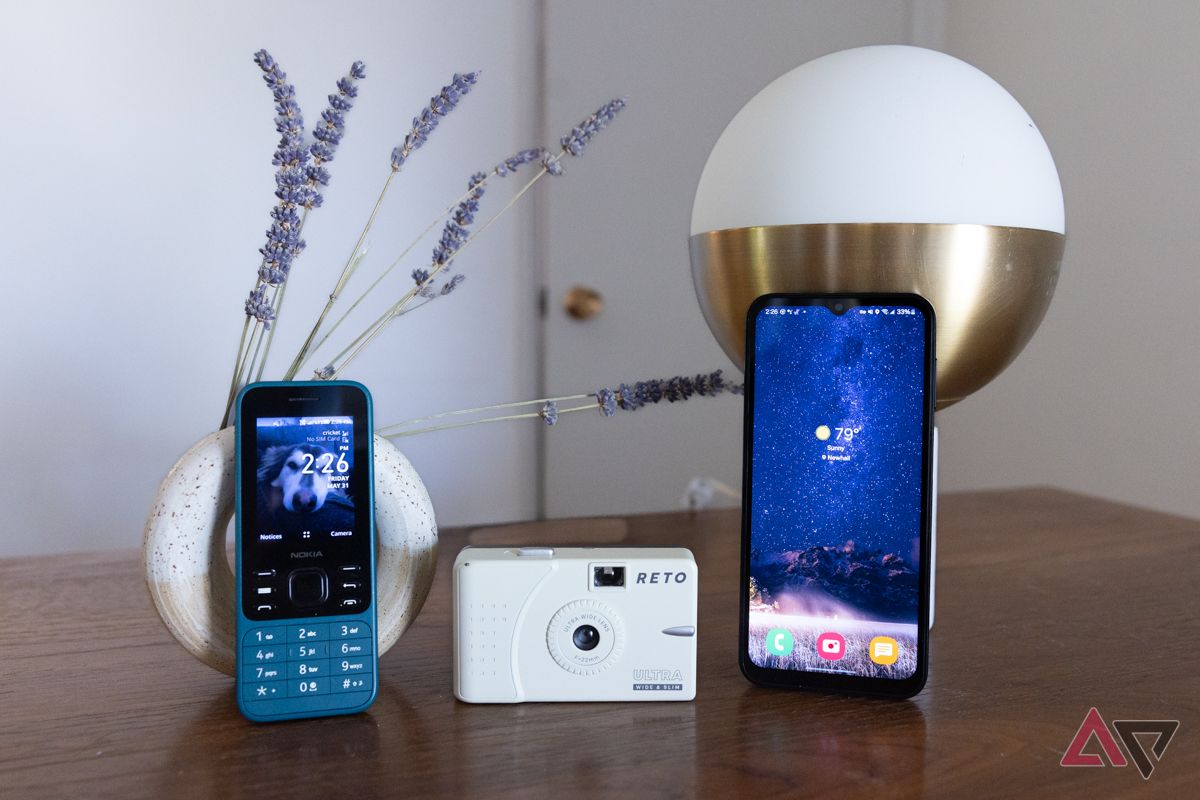
Related
My kid finally asked for their first smartphone — here’s how I handled it
Stay cautious, but also like, be cool about it
Source link

